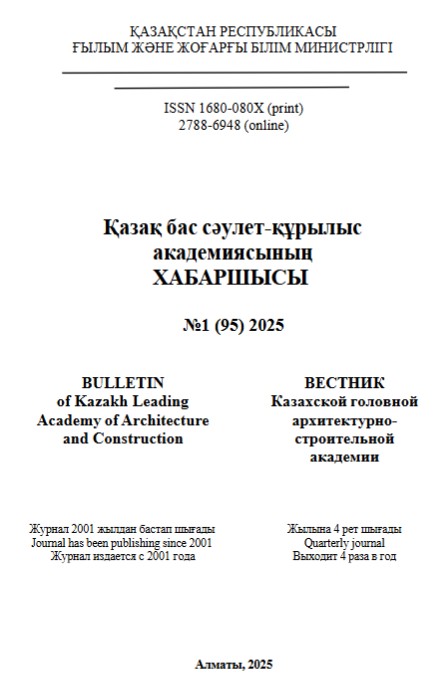Abstract
The fly ash derived from Ekibastuz HEPS-2 has a unique combination of physical and chemical properties, making it a highly suitable mineral additive for use in the production of Portland cement CEM II/A-Z. Its specific surface area of 290 m²/kg ensures a high degree of fineness, which is essential for achieving optimal particle packing and promoting efficient hydration reactions when mixed with cement. The true density of 2.1 g/cm³ indicates that the fly ash particles are relatively light yet dense enough to integrate well with cementitious materials. By mechanically blending carefully calculated proportions of Portland cement CEM I 32.5 or CEM I 42.5 with this fly ash, it is possible to achieve significant improvements in the performance and sustainability of the resulting CEM II/A-Z cement. The blending process takes into account the specific chemical properties of the fly ash, such as its pozzolanic activity, which refers to its ability to react with calcium hydroxide to form additional cementitious compounds. This reaction enhances the strength and durability of the cement over time, making it particularly advantageous for long-term applications in construction. Through precise mechanical blending with Portland cement CEM I 32.5 or CEM I 42.5, it is possible to achieve enhanced performance, improved sustainability, and cost efficiency, making it a valuable component in modern cement production.


